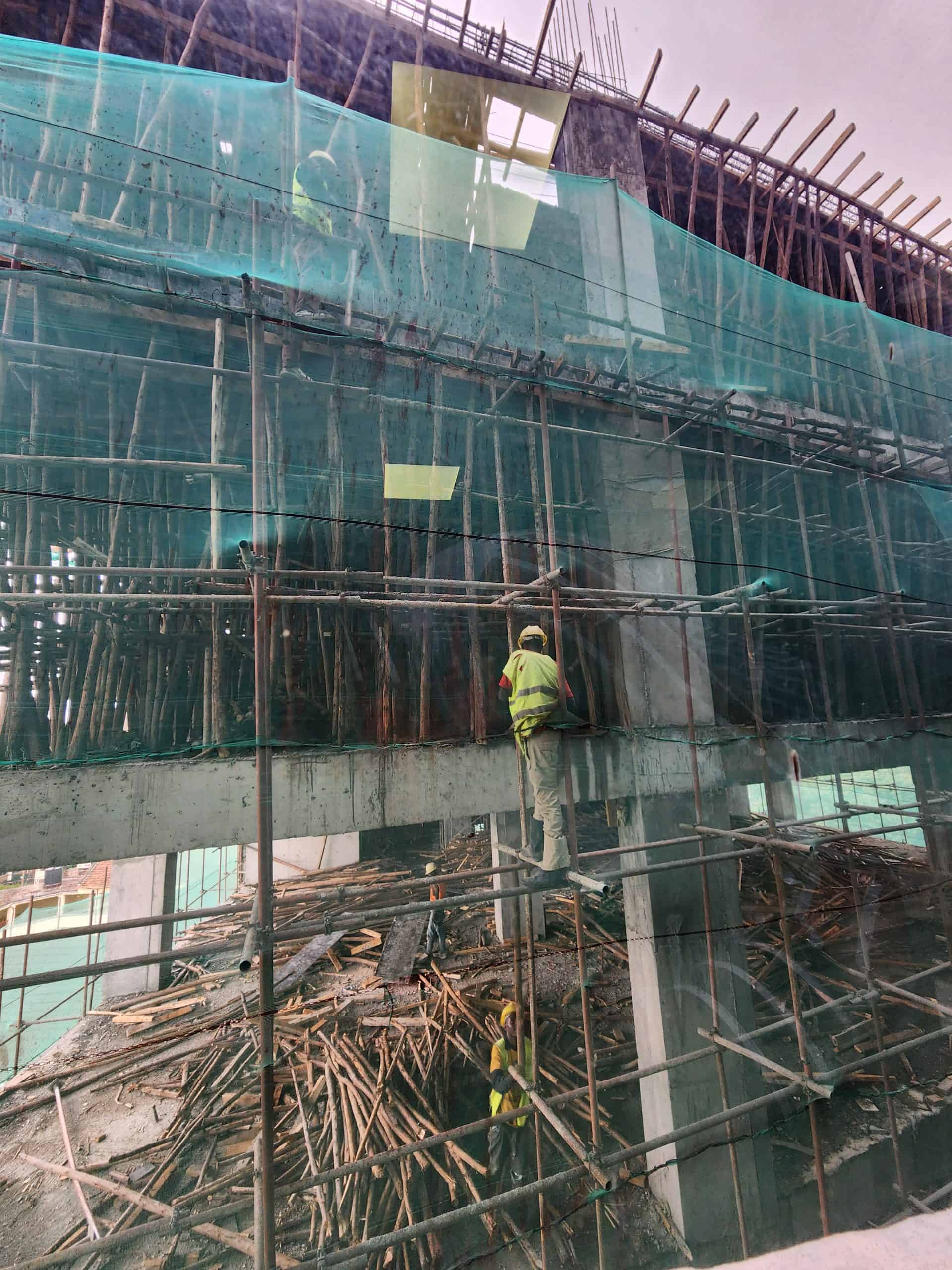In a paradigm shift for the construction industry, innovative methods are emerging that eliminate the need for traditional shuttering in crucial structural components like slabs, columns, and ring beams. These cutting-edge techniques are not merely altering the construction landscape; they are accelerating building processes, reducing waste, and championing overall sustainability in building projects. Let’s delve into the profound advancements in shutter-free construction methods, expanding on the points raised in the original article.

1. Precast Ring Beams/Lintel:
This method utilizes precast reinforced blocks strategically positioned on top of walls, with concrete poured into the blocks. The ingenious design eliminates the need for side shuttering and the labor traditionally required for shuttering.
The elimination of side shuttering not only streamlines the construction process but also reduces the environmental impact associated with the production and disposal of formwork materials.
2. Precast Columns:
High-strength hollow blocks replace traditional shuttering for columns, filled with concrete to create robust structural elements. This approach not only eliminates the need for side shuttering but also significantly reduces the labor required for shuttering.
The reduction in labor, combined with the elimination of side shuttering, represents a holistic approach to sustainable construction by minimizing resource consumption and waste.
3. Beam and Block Slab:
This innovative technique features a ready-made floor comprising prestressed beams and blocks. The blocks seamlessly fit between the beams, eradicating the necessity for shuttering in the slab. The precast beams are reinforced thereby eliminating on site steel fixing.
The beam and block slab method not only enhances construction speed but also minimizes the environmental impact associated with on-site form-work assembly.


Advantages of Shutter-Free Construction.
1. Reduced Cost:
Eliminating the need for shuttering translates to reduced labor costs for fixing and lowers expenses associated with purchasing materials. This results in substantial budget savings for construction
Cost reduction is a pivotal aspect of sustainable construction, as it makes eco-friendly practices more accessible and financially viable for a broader range of projects.
2. Time Efficiency:
High-strength hollow blocks replace traditional shuttering for columns, filled with concrete to create robust structural elements. This approach not only eliminates the need for side shuttering but also significantly reduces the labor required for shuttering.
The reduction in labor, combined with the elimination of side shuttering, represents a holistic approach to sustainable construction by minimizing resource consumption and waste.
3. Quality Assurance:
Production of precast components in controlled factory environments ensures meticulous attention to detail and adherence to stringent quality control measures. The result is a consistent supply of high-quality elements that meet or exceed industry standards.
Quality assurance is not just a construction metric; it’s a commitment to creating structures that withstand the test of time, promoting long-term sustainability.
4. Environmental Benefits:
The reduced material waste, controlled manufacturing processes, and efficient transportation of precast elements contribute to more sustainable construction practices. This aligns with environmental regulations and green building standards.
By minimizing waste and adhering to green standards, shutter-free construction methods contribute to the larger goal of sustainable development and eco-friendly building practices.
5. Reduced Material Waste:
Traditional on-site construction often generates significant material waste. Shutter-free construction, with its focus on precision and precast components, minimizes material wastage and reduces the overall environmental impact of construction projects.
Reducing material waste not only conserves resources but also lessens the ecological burden associated with waste disposal and landfill usage.
Embracing shutter-free construction methods isn’t just about innovation; it’s a commitment to sustainable practices that redefine the construction industry’s impact on the environment. As these methods gain prominence, they herald a new era in construction—one where efficiency, cost-effectiveness, and environmental responsibility seamlessly converge. The adoption of these techniques signifies not just a shift in construction practices but a collective step toward a more eco-friendly and sustainable future.
